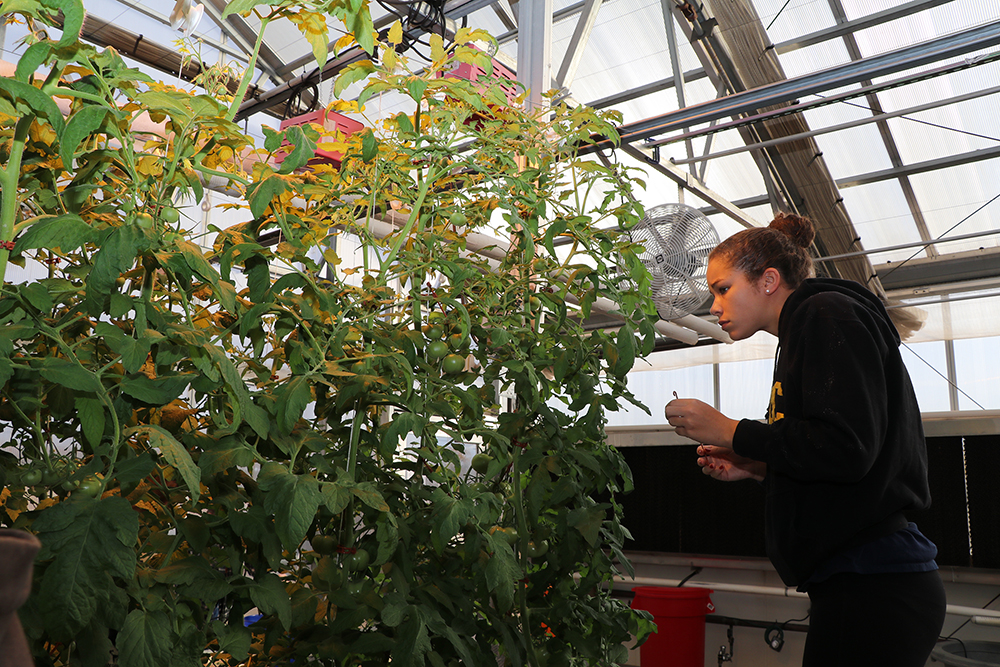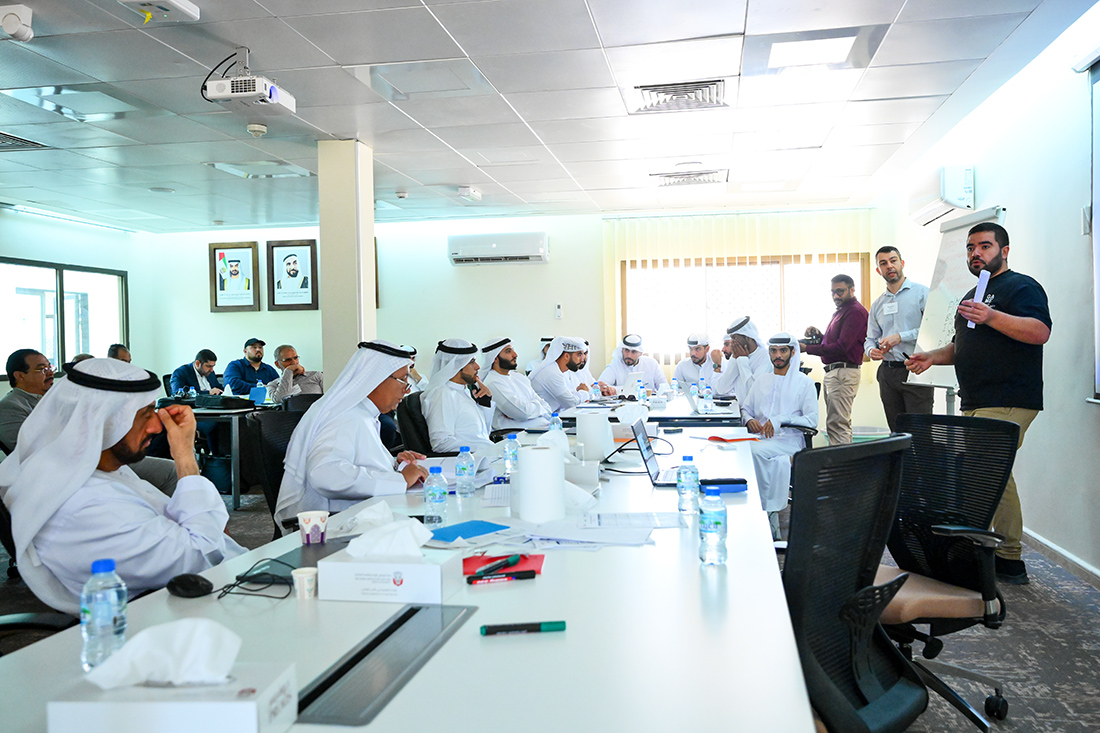From the miracle of December tomatoes to the marvel of fresh salad greens in space, greenhouses and growth chambers may play an increasing role in creating hyperlocal or hyperportable food systems.
Students in the University of Georgia Department of Horticulture’s “Protected and Controlled Environment Horticulture” course learn how high tunnels, greenhouses and growth chambers are used around the world to help extend the growing season, make farming a little less risky, provide opportunities to grow crops in extreme conditions and reduce our environmental footprint.
Suzanne O’Connell, an assistant professor in the UGA College of Agricultural and Environmental Sciences, launched the course this fall after receiving several requests from students.
“Protected agriculture is a broad field that refers to modifying the natural environment to boost plant yield and quality,” O’Connell said. “In particular, students are very curious about greenhouse growing and hydroponic systems, and how these concepts can be applied to urban areas where quality agricultural production space is limited and often cost-prohibitive.”
For O’Connell, who devotes part of her time to researching high tunnel crop production, the new course is preparing students for a future where more farmers are using greenhouses and high tunnels to help meet year-round demand for local products.
“Two students in class this semester have family farms that include high tunnels. They told me they were excited to increase their skills in this area and they made great contributions to our class high tunnel building effort,” O’Connell said. “To my knowledge, there are only a small handful of commercial hydroponic operations in Georgia so far. I have reached out to these companies to let them know that our students are knowledgeable and really excited for opportunities to work for them!”
In the course’s first semester, students came from a range of backgrounds. The majority of students were horticulture majors, but biology, landscape architecture, the romance languages and real estate were also represented.
“Land and water and food security are a big deal with a growing world,” said Candace Young, a fourth-year landscape architecture student who is minoring in horticulture and took the protected agriculture course this fall. “With landscape architecture, you’re always thinking about how to get the most out of land and how to get people to use their land. Well, food is a great way to get people to engage with their landscape, and protected agriculture is a great way to use that land most efficiently.”
This fall, the class spent time discussing Japanese attitudes toward land use. As an island nation with a large population, people there understand that there is a finite amount of land available to them. Young explained that Japan is home to some of the densest cities on the planet, and residents maximize each square meter of open space by setting up gardens wherever they can – trellised beans here or tiny vegetable beds there.
Young would like to include that ethos in her design projects. Greenhouses and other protected agriculture techniques are great ways to make that happen in an urban environment.
As part of class labs, students managed the daily needs of multiple vegetable crops, including watering, fertilizing, pH testing, pest and disease scouting, pruning and harvesting, all with the mindset of managing the plant and environment interactions. They also studied cutting-edge uses of protected agriculture, such as research greenhouses in Antarctica, gardens on the sides of skyscrapers and experimental growth chambers to supply fresh produce for soldiers on submarines.
In addition to managing crops in a heated greenhouse and under a high tunnel, students were required to keep detailed journals noting which varieties, growing media, fertilizer recipes and disease interventions worked best in each environment, and cataloging the high tunnel construction phases.
As always, students were able to take their class work home with them, leaving many of them with the enviable problem of having their kitchens filled with too many fresh cucumbers and greens over the course of the semester.
For more information about the unique courses offered in the UGA College of Agricultural and Environmental Sciences, visit caes.uga.edu.




